|
Radschool Association Magazine - Vol 34 Page 7 |
|
Privacy Policy | Editorial Policy | Join the Association | List of Members | Contact us | Index | Links | Print this page |
|
My Story! |
|
|
|
RAAF Caribou Avionics live again.
Ian Johnston
September 29th '64, Tan Son Nhut, South Vietnam. After you step off the QANTAS 707 the first thing that strikes you is the heat, the humidity - and the smell, the pungent aroma of Southeast Asia, that curious mix of fish sauce, humanity and god knows what else, all overlaid with a waft of recently burnt aviation kero.
The Qantas 707 flight from Australia brought the first of the ground staff to maintain the Caribou’s at RAAF Transport Flight Vietnam (RTFV). We were greeted by some Vietnamese dignitaries and some lovely young girls who placed leis around our necks and offered their thanks for our support.
It was an awesome sight seeing the hive of activity at Ton Son Nut airport with US Air Force jets and transports continually taking off and landing, this was my first exposure to the might of the US military in a war situation.
At the time I was a Corporal Radio Tech and along with other musterings we were waiting on the tarmac for our Caribou (Wallaby Airlines) to arrive from its last sortie for the day to convey us to our new base at Vung Tau about 60 miles south of Saigon.
Around 5 pm the Caribou arrived, it was the first time I had seen a Caribou as none had been delivered to Australia at that time and this one was one of three that flew directly from the De Havilland plant at Donview Canada.
The short flight to Vung Tau gave me time to survey the avionics that I would be responsible for maintaining, not having any previous training or exposure to some of the equipment except for some similar models on the C130A’s at 36 Sqn, this was going to be a fast learning curve of familiarization.
We hit the PSP runway at Vung Tau in the pouring rain just as darkness was falling and I got to see my new home for the months ahead, the airfield was under the control of the US Army, it was a fairly rundown place consisting a few old galvanized hangers, prefab HQ, control tower, personnel quarters and some parked US Army Caribous, Mohawks and Hueys on the tarmac.
We had arrived just in time for the evening meal and scampered through the rain to the US Army mess hall and my first introduction to US Army food – yuk, we have to look forward to that!! Following a lousy night’s sleep in a tent area, the next day it was down to business.
Because of the early deployment of the RAAF Caribous to Vietnam the aircraft would have to be completely supported by the US because none of our support equipment would be available at that early stage of the Caribou re-equipment program to Australia.
Fortunately I had had some exposure to some of the Caribous avionics items having just been posted out of 36 Sqn/486 Mntce Sqn where I had worked on the C130A which had the same HF and VHF systems.
The avionics line up on the Caribou consisted of:
Collins 618T + 180L3 HF “ ARC51BX UHF “ ARC-73 VHF ARC ARN-59 Radio Compass “ ARN-30 VOR/Localizer ARN21 Tacan
Plus minor equipment such as intercom, inverters etc. |
|
Atheism is a non-prophet organization. |
|
The
RTFV hanger was an open structure with roof and sides, no hanger doors,
there was an upstairs area built at the rear which was for us “queer”
trades and the
I soon set about establishing relationships with the US Army avionics maintenance guys who were set up across from our hanger in a nicely equipped air conditioned van. These guys were specialists in certain areas of avionics i.e. a guy for HF another for Nav aids and so on and expertise to troubleshoot to module level, we got on well with these guys, I think they liked our accent. On many occasions I would visit their van not only because of the aircon but to look over the shoulder and learn something about the avionics.
As we had no radio repair section as such I went about scrounging an 18 inch rack that I thought could be used as some kind of test bed to house the Caribou avionics, after some time we gathered some spares via clandestine methods of raids on the yanks “aircraft bone yard” of crashed aircraft located in a barb wire compound just behind our hanger, under the cover of darkness with wire cutters and spanners we managed to relieve some black boxes and cable looms out of the wrecked Hueys etc.
With a couple of other Radio Techs we managed to get a rack and rack mounts that housed most of the avionics but had no looms made up or sufficient power supplies to run the gear. The months went by and my first tour was finishing and I didn’t get around to completing the rack, I was hoping the follow up guys might pursue it, I guess after that time more and more spares would become available from Australia and we wouldn’t have to rely on US support.
Now fast forward 45 years, I am retired after 30 years’ service with Hewlett Packard and still with a keen interested in electronics. After recently attending the final Caribou “End of an era of 38 Sqn” in Townsville, I thought to myself, I should resurrect those Caribou black boxes which I had acquired over many years, some smuggled home from Nam and others purchased at RAAF auctions. It was now time for me to get the equipment operational.
My first problem was acquiring all the relevant components for the ARN-59, ARC-51BX, 618T, ARN-30, ARC-73 starting with the Radio Compass. By luck I had acquired six R-836/ARN Radio Compass receivers and six AT-780/ARN Compass Loop antennas from an auction at RAAF Laverton some years ago, ironically one receiver had 35 Sqn (formally RTFV) stencilled on the side of it. This still left a control box, dynamotor and indicator to source.
I had
an idea, from 45 years back, I had remained in touch with the first US
Army avionics guy, Greg Westrup, I met in Vung Tau. He was a Specialist
4 and at the time specialised on the 618T and other equipment but is now
a retired North West Airlines Boeing captain, still flying medivac
choppers out of Cincinnati and still dabbles in electronics in his
Another ex RAAF 9 Sqn friend of mine, John McLare, runs a cable manufacturing business so I was able to build the loom at his premises using jigs and good soldering practices, it wasn’t just a straight cable loom as there were the branches for the control box, loop, indicator, power supply etc, but it all came together ok.. So it was time to fire it up on a 28 Volt supply, after a couple of wiring mistakes were tracked down it all came to life except the sensitivity was well down. Previously I had noted written in chalk on the side of the receiver “weak rx” so as I had another 5 receivers I thought I put this one aside for trouble shooting at a later stage. With a short length of sense antenna and the ARN-59 control box switched to Loop it found the bearing of the local Melbourne radio stations with no problems although I wouldn’t trust the bearing not being surrounded by the Caribou’s fuselage.
|
|
A sign on the lawn at a drug rehab centre said: 'Keep off the Grass.' |
|
So
it was now time to move on to the next challenge the ARC-51BX, Firstly I
needed a control box and fortunately I managed to get one of these at
the Oshkosh air show flea market that I attended last year for around
$30, next I had to find suitable Canon connectors for the 51BX and
control box. As luck would have it some years back I
Casting my memory back 45 years I can recall the power supply module had a reputation of failing regularly so I removed it and as luck would have had a schematic to help find a fault which turned out to be one of the power transistors in the power oscillator circuit, checking thru my transistor parts box I found an equivalent put it in and powered up, this time the set came to life, then after another mechanical tuner problem I was able to change channels and do some tests.
So what was the performance like well I coupled it up to a sig gen and power meter to find I could receive a 1 microvolt signal and transmit 20 watts, not bad for a piece of avionics equipment that has sat idle for 45 years after I retrieved it from the Vung Tau boneyard. I then knocked up a simple Slim Jim antenna centred around 280 MHz and listened around for any signals but nothing heard, the military UHF band is quite dead in this part of the world.
Next
on the list to get operational was the ARC-73 VHF which consisted the
17L-7 Transmitter and the 51X-2 Receiver and control box, these items
were also a scrounge job off a deceased Huey. The rack turned up at a
RAAF auction less rear connectors
Probably the next biggest challenge was going to be the Collins 618T, this was a unit I didn’t have in my possession but a colleague of mine from the Historical Radio Society of Australia by name of John Mackesy ex RCAF has an operational system. |
|
On the difference between men and women. "On the one hand, men will never experience childbirth. On the other hand, they can open all their own jars." |
|
Here’s is John’s input:
|
|
What is it about the Collins 618T? Hackneyed though the expression may be, this is a device of almost mind-boggling complexity, while at the same time being most beautifully constructed, yet maintainable by the ordinary mortal. Best of all, a 618T is reliable and built from (mostly) standard off-the-shelf components. There are, for example 14 valves, over a hundred transistors, 5 servomotors and 33 relays all distributed through 12 plug-in modules and a backbone chassis. There’s also a high-speed, high-pressure cooling blower.
Getting the 618T operational was going to be a saga, a process only slightly complicated by the 618T’s 28V DC (easy!) and 115V 400 Hz AC (not so easy) power requirement. ‘Conversion’ was not an option; I was determined that the system would be absolutely standard, as in the aircraft installation. I thought this task needed a rethink and as it was a colleague of mine had already spent numerous months getting his 618T operational so might be best if we pooled resources and he writes up his story for another time, so now we have the 618T operational and included in the family.
In summary then I hope some of the ex RAAF Caribou Radtechs out there who had the pleasure of keeping the Caribou avionics alive can get some worthy nostalgia out of their role back in those days.
Finally I’d like to recognize some of the radio guys who were serving there in my time :
John Griffith, Jim Ryle, Trevor Hill, Ces Robinson, Brian Carney, Ringo Carlson, Ted McEvoy, Jack Bennett, apologies for any I have left out.
|
|
I saw a woman wearing a sweatshirt with 'Guess' on it. I said, 'Thyroid problem? |
|
Back Go to page: 1 2 3 4 5 6 7 8 9 10 11 12 13 14 15 16 17 18 19 20 Forward
|

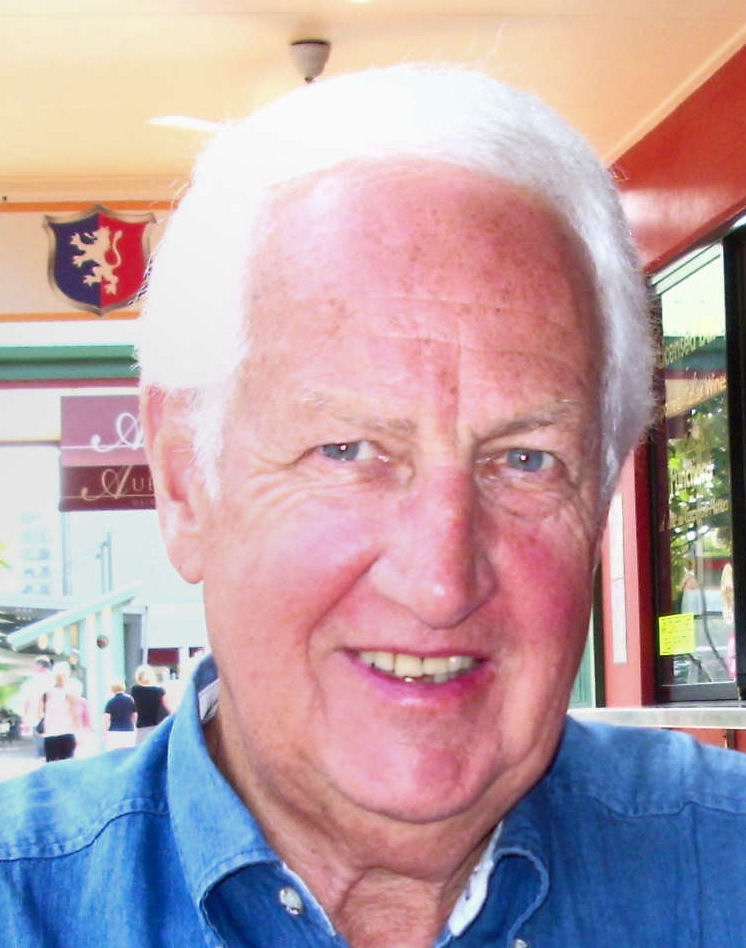
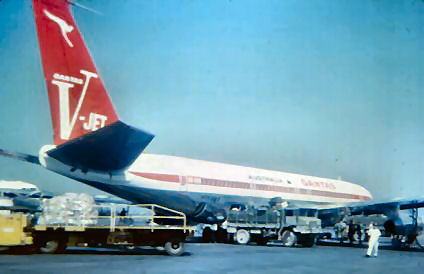
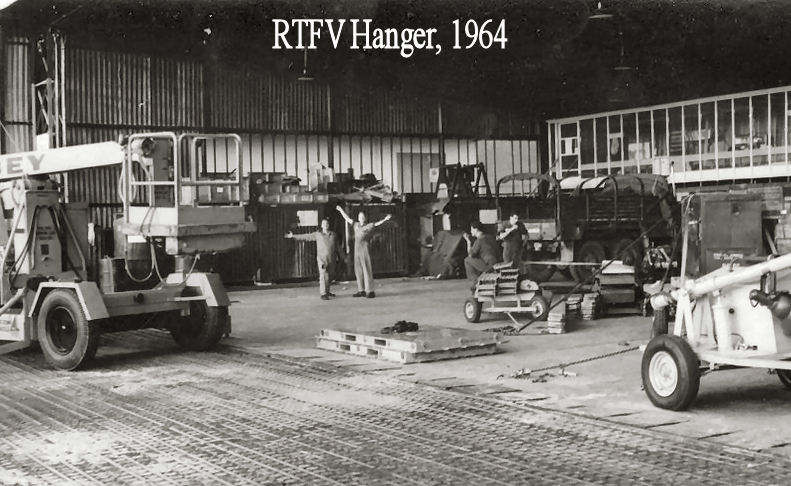 maintenance
officer. As for a radio section there was only a bench with no test
equipment and limited power.
maintenance
officer. As for a radio section there was only a bench with no test
equipment and limited power.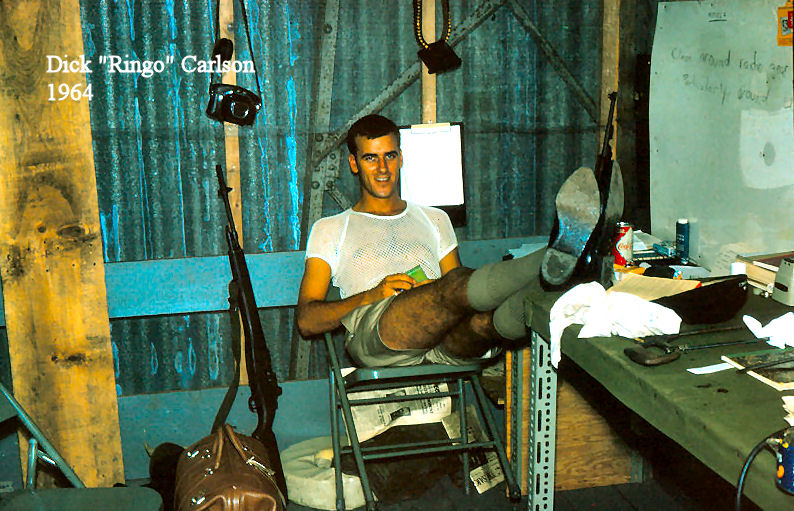
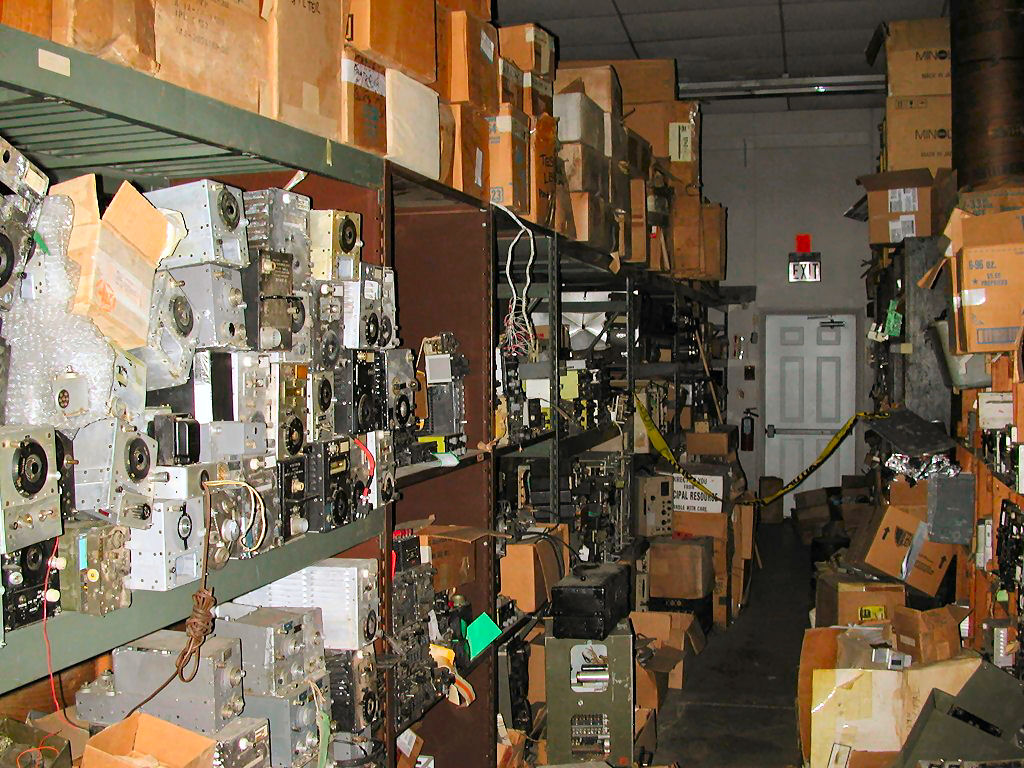
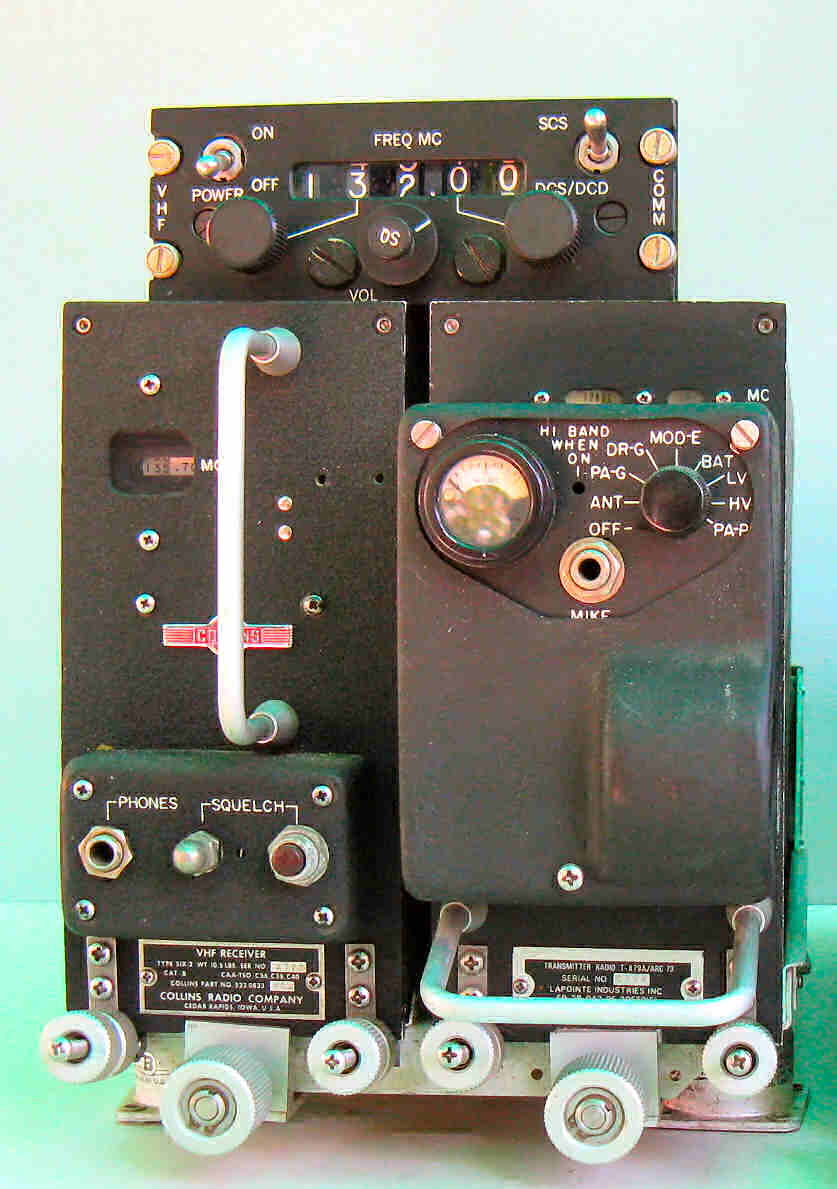 which were later sourced from Greg in
the US and the loom wasn’t a difficult job to knock up so having got
that far it was time to apply the 28Volts DC. At switch on, motors
started whirring around, the receiver
which were later sourced from Greg in
the US and the loom wasn’t a difficult job to knock up so having got
that far it was time to apply the 28Volts DC. At switch on, motors
started whirring around, the receiver .jpg)